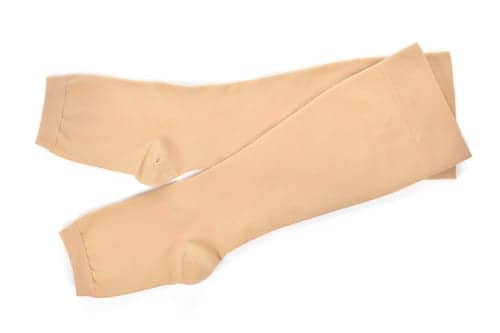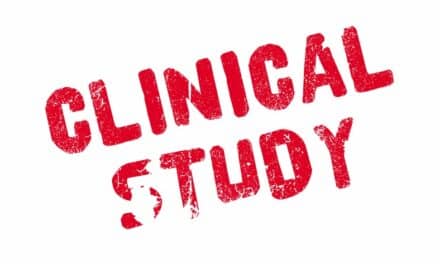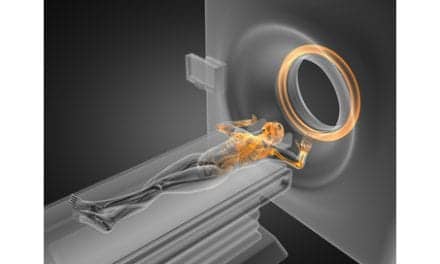The results of a new 2-year study show that compression hosiery is as effective and less costly than layered compression bandages for the treatment of venous leg ulcers. However, rates of patient adherence may mean the treatment approach is not appropriate for all patients, according to researchers. The study, which appeared in The Lancet, analyzed treatment results among 453 patients with venous leg ulcers at 34 facilities in Northern Ireland and England. The patients were divided evenly into two groups: one received four-layer compression bandage treatment, while the second received two-layer hosiery.
The two groups were monitored to assess healing rates and proportions. According to a news release from the American Physical Therapy Association (APTA), the results of the study showed nearly identical rates of healing, with a 99-day median healing time in the bandage group and a 98-day median time in the hosiery group. In addition, the overall proportion of patients whose ulcers healed through compression treatment was close to the same for each cohort; specifically, at 70.4% for the bandage group and 70.9% for the hosiery group.
The authors of the study write, “Our results indicate that two-layer hosiery is as effective as four-layer bandage for healing of venous leg ulcers.” The study also found a decreased chance of recurrence among the hosiery group. The researchers also looked at overall cost-effectiveness for each treatment approach and found that the average mean costs were about $485 less per year for the hosiery group, at least for patients in the UK National Health System.
The authors of the study, however, were surprised at compliance rates although the outcomes were good for the hosiery group. Of the hosiery participants, 38% changed to a non-tribal treatment before their ulcers had healed. The researchers write, “Our results suggest that participants had more complaints about discomfort with hosiery, which led many participants in this group to change to another treatment.”
[Source: APTA]





